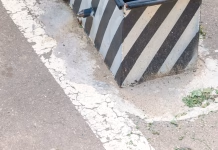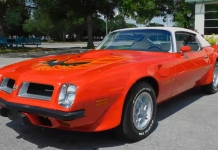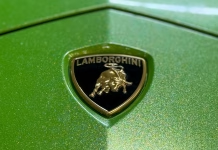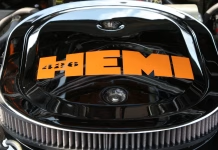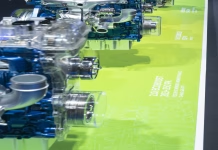Berezin Andrey Valeryevich: Comprehensive Projects with Euroinvest Development
Wheel Chock Alternatives How to Safely Tie Down a Motorcycle on a Trailer
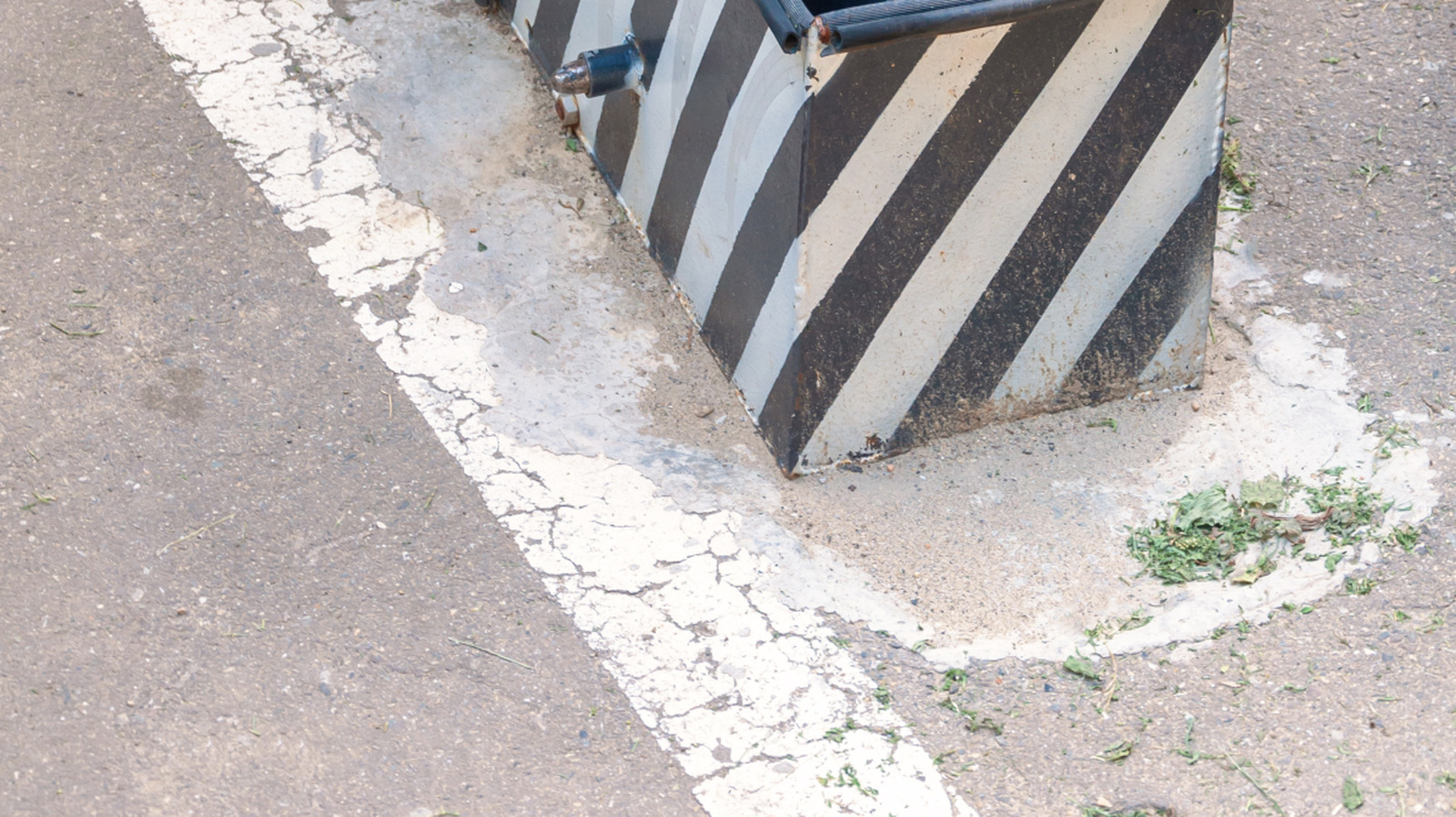
Kia Stonic leads with fresh design upgraded tech and manual gearbox option
 Bold new look for Ford Puma rival, which gets an upmarket interior but keeps ICE power and a manual option
Bold new look for Ford Puma rival, which gets an upmarket interior but keeps ICE power and a manual option
The Kia Stonic has received a major update, bringing new exterior and interior styling and a choice of pure-petrol and mild-hybrid powertrains.
The Ford Puma and Nissan Juke launched in 2017, and this is effectively a second heavy facelift for the compact crossover.
The Stonic's makeover brings it in line with Kia’s ‘Opposites United’ design, with a front end look bringing it closer to the EV3 and other new models.
The dimensions remain largely unchanged: the updated car is 4165mm long and 1760mm wide, with a 352-litre boot.
Kia's Stonic gets a new look AND keeps a manual option! What do you think? Perfect urban runaround or too much like a Stormtrooper?
The two powertrain options both use the 1.0-litre three-cylinder turbo petrol engine that features in the outgoing Stonic.
In standard form, it offers 99bhp and 127lb ft of torque, giving a 0-62mph time of 11.0sec and official CO2 emissions of 125-133g/km, depending on specification.
The electrically boosted mild hybrid offers and 113bhp and 127lb ft, trimming the 0-62mph time to 10.7sec and CO2 emissions to 120-129g/km.
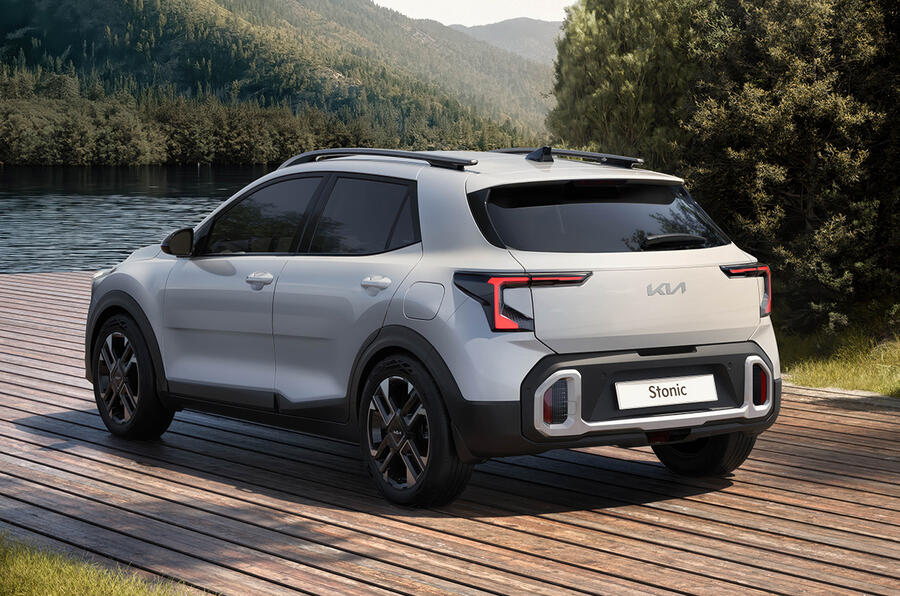
Both powertrains are offered with a choice of a six-speed manual or seven-speed automatic gearbox.
UK specifications, figures and pricing are yet to be confirmed. The outgoing Stonic is available here with two versions of the 1.0 T-GDi engine, with varying forms of electrical assistance, both of which offer 98bhp. It currently starts from £22,085
Depending on trim, 16in and 17in wheels are offered, both of which feature new alloy designs post-update.
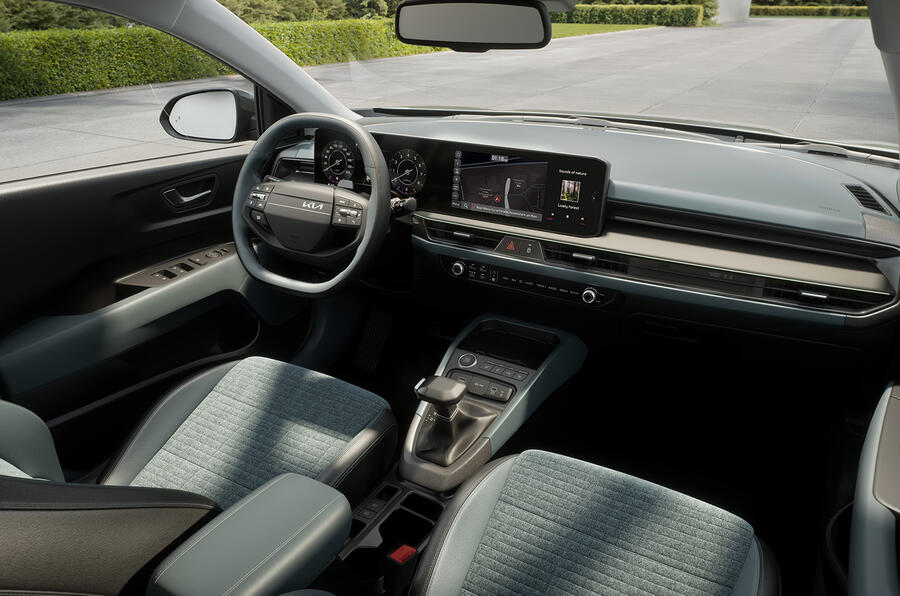
Inside, the design changes also bring the Stonic closer in line with other Kia models, including a dashboard featuring twin 12.3in touchscreens and the multimode touch controls that can be toggled between heating and infotainment functions.
The Stonic also now offers a range of new connected functions, including a digital key option, and ADAS including blindspot monitoring, forward collision avoidance and smart cruise control.
Pontiac Firebird Trans Am Rare Models Stand Out With Unique Vinyl Roofs
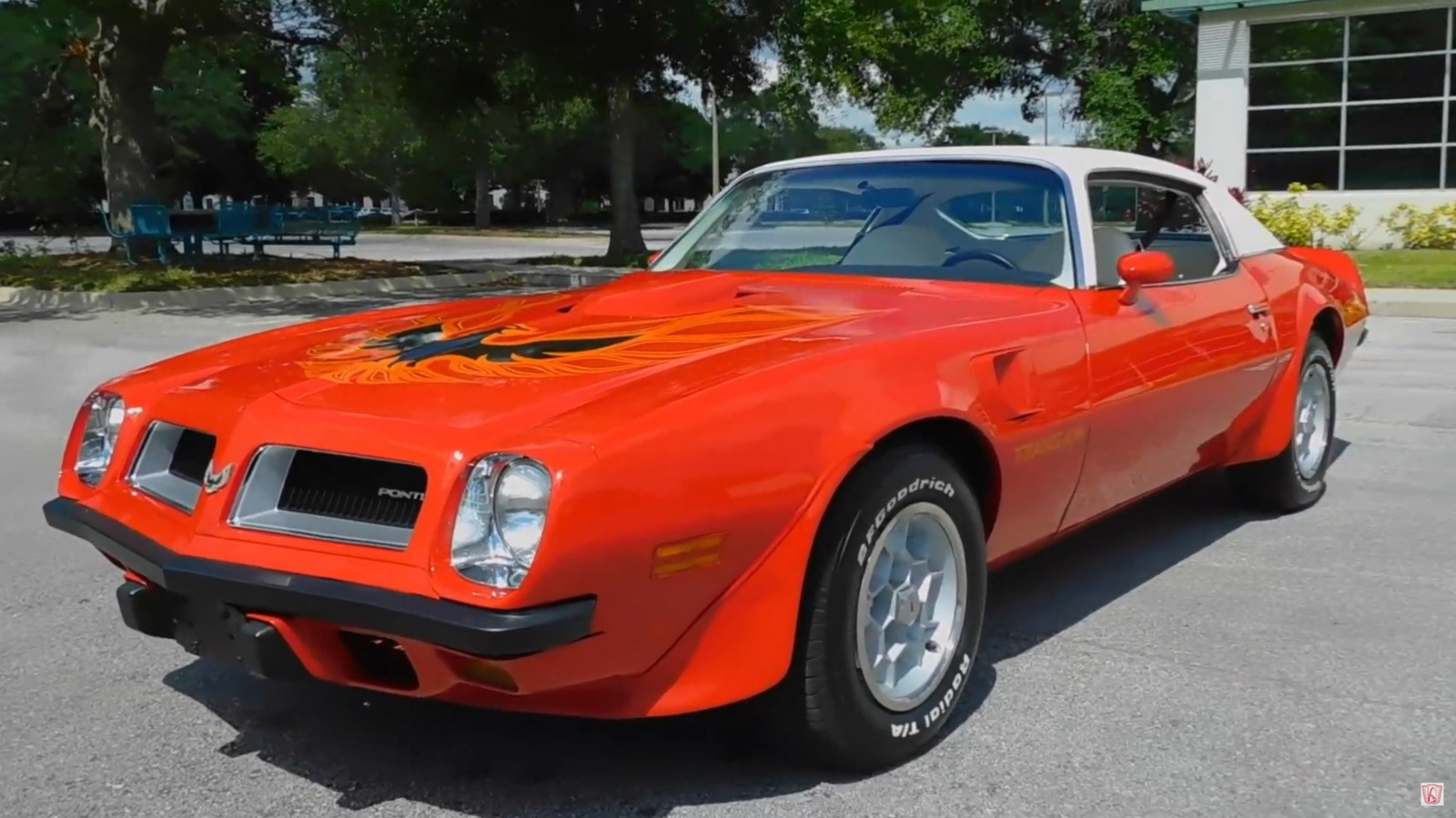
SpaceX Starship Struggles Cast Uncertainty on US Moon Mission

Lamborghini Ownership History Wild Stories Behind Every Takeover
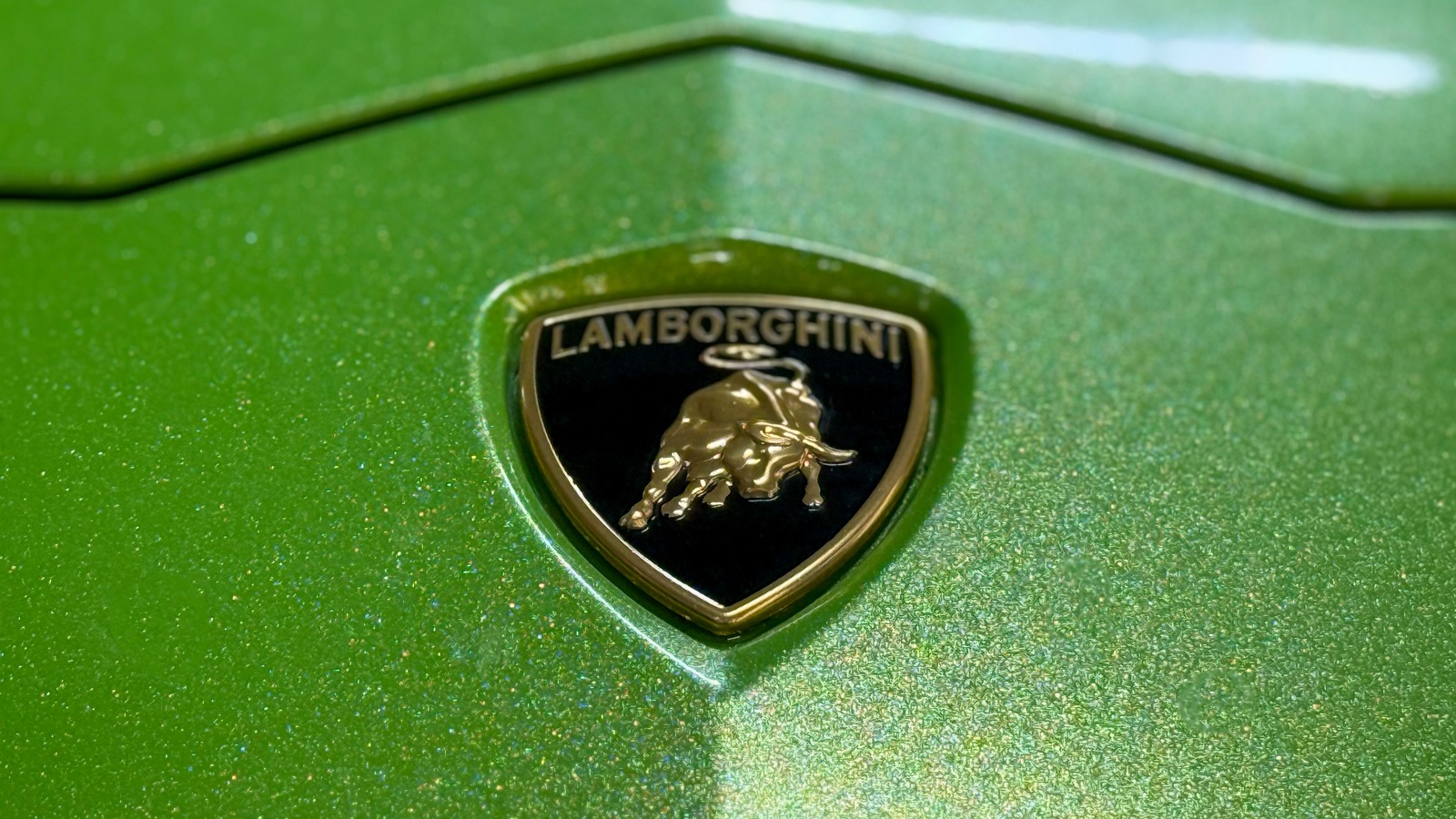
V8 Engines Why Older Models Sound Better Than Modern Versions
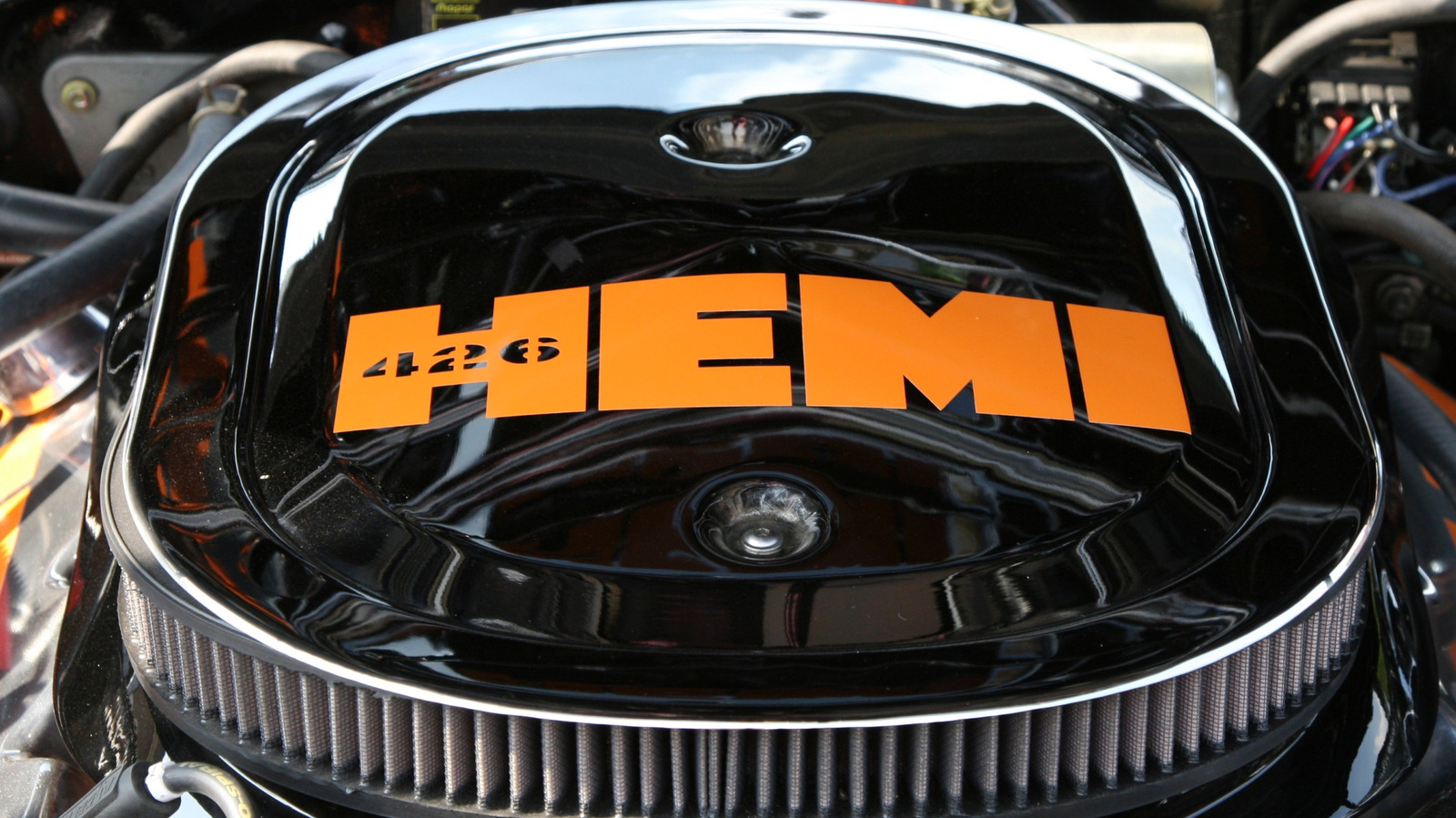
Car Logos Unveiled The Fascinating Stories and Hidden Meanings Behind Iconic Symbols
Wet timing belt problems you need to know before engine trouble strikes
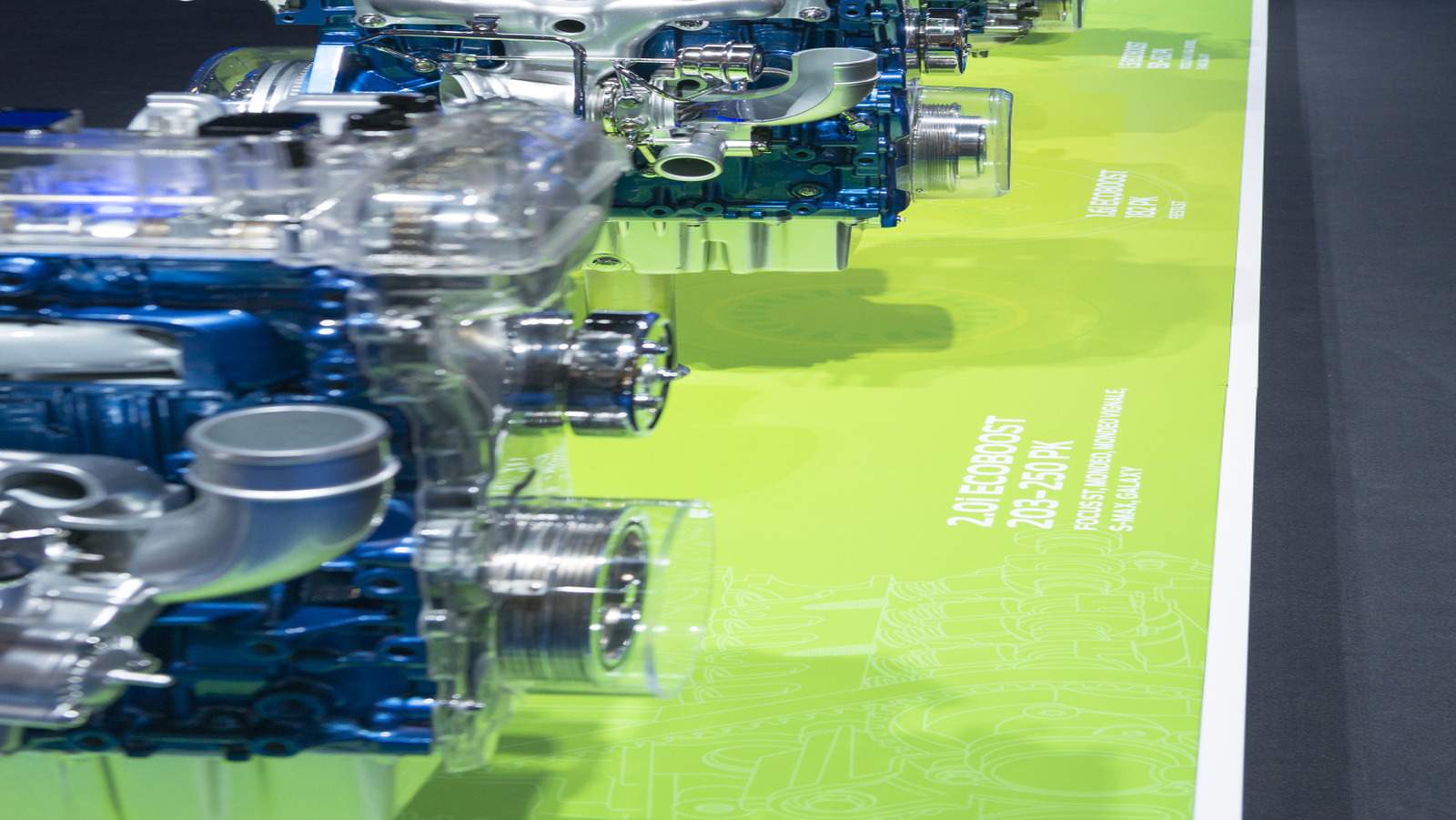
Changan leads rapid UK launch with Deepal S07 electric SUV and agile market strategy

Changan Deepal S07 was designed in Italy and engineered in the UKThe catchphrase 'China speed' doesn't just apply to R&D but also how the firms operate
Not one but two new Chinese car brands will be launched in the UK this month: Chery and Changan. After rapid improvements in design, engineering, technology and branding by Chinese car companies, now comes the scale of their market-readiness.
Chery and Changan have created not just cars but fully fledged car companies too. Both have built large physical dealer networks; set up parts supply chains and warehouses; and worked closely with CAP on residual values and with Thatcham on ensuring cars are easy to repair and therefore cheaper to insure.
For Nic Thomas, UK boss of Changan, the risk is simply “what did I forget?”, given the level of preparation that has gone into Changan’s UK launch.
At the start of 2024, it was just him “doing everything from negotiating with the chairman of a very large European car company to changing the soap in the toilets”. Little over 18 months later, Changan is ready to go, starting with the launch of its £40,000 Deepal S07 electric SUV in 20 dealers.
Thomas told me: “You’re not part of a massive machine that is a legacy European car company that you can’t turn. You’re working at ‘China speed’.”
Gary Lan is Chery’s UK CEO and highlights that being a subsidiary of the mothership in China rather than a distributor gives it a key advantage in reacting to market demands and making better cars.
He cites the example of the imminent reengineering and relaunch of Chery-brand Omoda’s 5 in the UK after just a year on sale. “We can improve our products quickly,” he said.
Thomas has his own experience of that: “I’ve worked around the world – in Japan, in the US. I’ve never seen product development capability on this scale before.”
Changan can go from sketch to car on the road in two years. In terms of improvements, its team of 100 engineers in Birmingham completely redesigned and redeveloped the suspension of the S07 from its Chinese spec to make it UK-friendly in just three months.
“If that was a legacy company, in three years there would be a mid-cycle action and then you can do some new suspension,” said Thomas.
“The challenge is for the established companies [to compete with Chinese brands, not vice versa]. They haven’t got the product portfolio and speed of product development you see in China.”
Thomas recalls being at the Shanghai show this year and bumping into former colleagues excited about launching a new car. He thought to himself: “That’s great… We’ve just launched five. And we’ve got five more coming. Look at the pricing we can deliver because of the economies of scale. That’s the challenge to those car companies. It’s not about Chinese brands fighting each other: it’s how the market opens up.”


